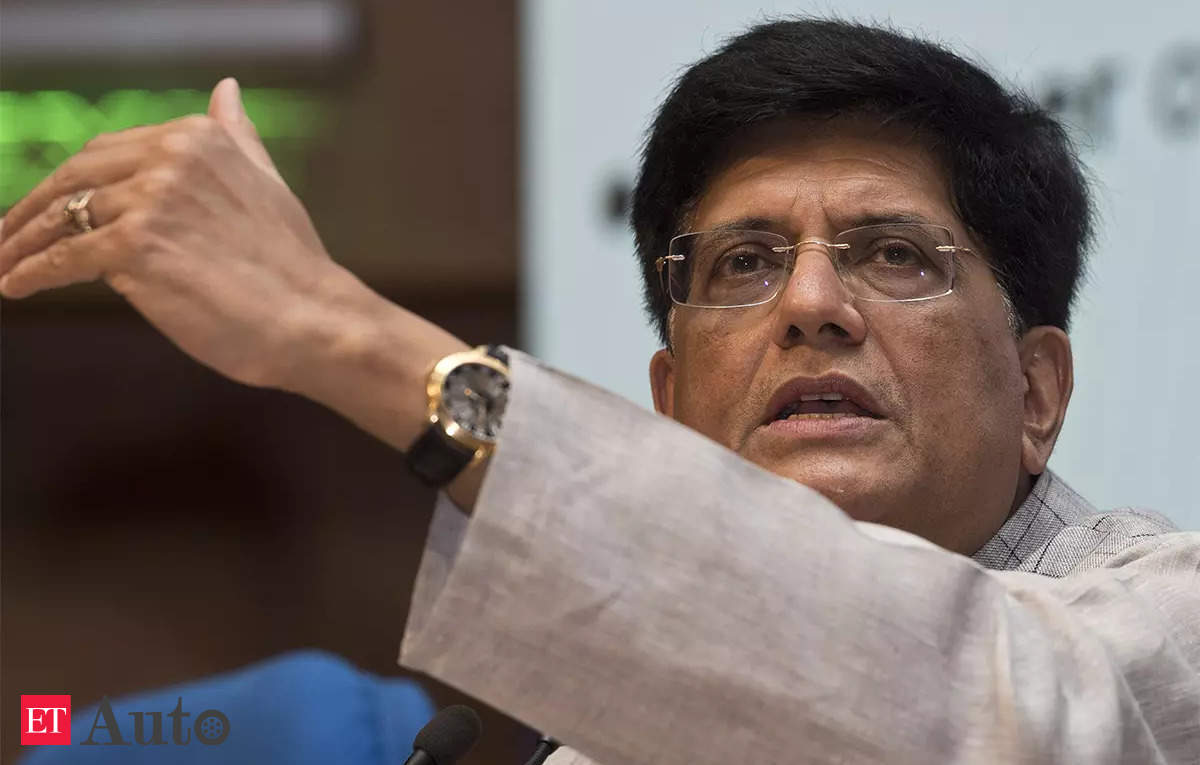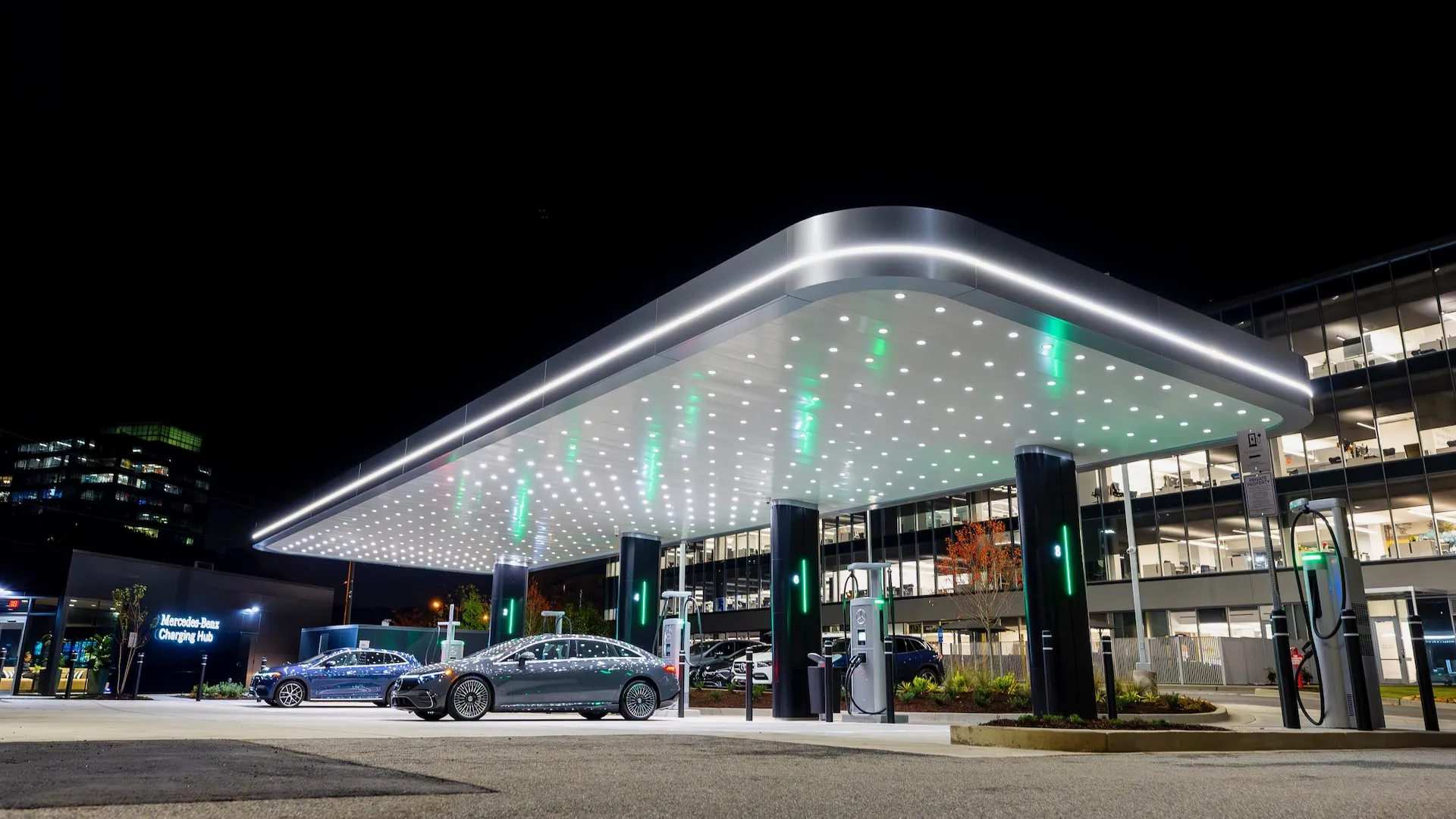Some folks forget to charge their Tesla and it runs out of battery, making it impossible to charge the car. If you are stuck in this problem, don’t worry!
To charge a dead Tesla, you’ll need to jump-start the car based on the battery type and wake up the screen. Next, insert the charger cable from the external power supply into the cars to charge the HV battery. Then, detach the external cable from the low-voltage battery.
In this guide, I’ll share the directions in detail for Model X, S, Y, and 3 cars so you can do it at home. Let Me Lift the Veil for You!

How to Charge a Dead Tesla Battery?
If your Tesla battery dies or runs out of power (0% charge), then you’ll need to get an external power supply (like a portable jump starter) to power up the HV battery before charging the low-voltage battery. Let me show you the procedure below:
How to Charge a Dead Tesla Model X and S?
Charging a dead Model X and S cars is different than the Model Y and 3 cars. Here’s how you can do it in 3 steps:
Step #1: Open the Front Trunk
As the car has no power left, you’ll need to use the two wires inside the tow eye cover. For that, remove the tow eye cover using a small and flat screwdriver. Ensure to target the top-bottom slots to release it easily.
Then, pull the two wires out of the surface and insert the external low-voltage power supply into them. Just connect the low voltage power supply’s red (+) wire to the red (+) terminal and black (-) wire to the black (-) terminal.
After that, turn on the external power supply and it’ll cause the front hood to pop open within some seconds. Then, reinsert all the parts back to the place.
Step #2: Jump Start the Car
Now, take out the maintenance panel and then locate the low-voltage battery. After that, lift the locking tab that inserts the electrical connector to the connector housing on top of the low-voltage battery.
Next, pull out the connector housing to the left above the low-voltage battery. That way the electrical connector gets free from the battery.
Based on the date of manufacture of your MX and MS car, the cover and the red (+) jump post location can vary.

Once you find them, pull out the cover from the red (+) jump post. And then, insert the low-voltage power supply’s red (+) wire into the red (+) jump post.

Afterward, insert the low-voltage power supply’s black (-) wire into the square-shaped post (in front of the low-voltage battery). Then, turn on the external power supply.
You now need to open the driver’s door and check if the touchscreen wakes up or not. It may take a few minutes to wake up the car’s screen. And then, go to the next step.
Step #3: Charge the Car
Once the car’s screen powers on, you’ll need to insert the charging cable into the car’s charge port to actually recharge the high-voltage battery.
And if the car begins to charge, you can take out the external power supply from the low-voltage battery. Then, reinsert all the parts.
How to Charge a Dead Tesla Model 3 and Y?
As you’ll need to determine which battery your car uses (lithium-ion or lead-acid), the procedure of M3 and MY will be different. Here’s the instruction:
Step #1: Identify the Battery Type
The normal way you can know the battery type is by using the car’s screen and hitting Control > Software > Additional Vehicle Information. Since your car has no power to run the touchscreen, it won’t work.
In general, all M3 and MY cars come with Lead-Acid batteries which are made in Gigafactory Shanghai before October 2021 and Fremont Factory before December 2021. After this period, all Model 3 and Y cars will have Lithium-Ion batteries.
Step #2: Open the Front Hood
To open the frunk with the external low-voltage power supply, you’ll need to take out the tow eye cover. Just press it firmly on the top-right area to detach the cover. Then, simply release it and pull the 2 wires (red and black ones).
After that, connect the low voltage power supply’s red (+) wire to the red (+) terminal of the tow eye and the black (-) wire to the black (-) terminal. It’ll turn on the frunk after some while and then reinsert all the parts.
Step #3: Jump Start the Low Voltage (Lead-Acid) Battery
If your car has a lithium-ion type battery, then skip this and go to the next step. Now, take out the top-maintenance panel by pulling it upward to detach all the trim clips that hold it in place.

After that, pull out the cabin intake trim panel and find the low-voltage battery. Then, insert the low-voltage power supply’s red (+) wire into the red (+) terminal on the low-voltage battery. Make sure the red wire isn’t in contact with metal parts.
Next, insert the low-voltage power supply’s black (-) wire into the black (-) terminal of the low-voltage battery. Then, turn on the external power supply and go inside the car to wake up the car’s screen.
And, do not reinsert all the parts until it’s no longer required, starting with the black (-) wire and then the red (+) wire.
Step #4: Jump Start the Low Voltage (Lithium-ion) Battery
After opening the front hood, take out the maintenance panel and locate the low-voltage battery. Then, detach the red cover and insert the low-voltage power supply’s red (+) wire into the red (+) jump post. Ensure that the red wire isn’t in contact with any metal parts.

Next, insert the low voltage power supply’s black (-) wire into the big black bolt (located in between the brake fluid reservoir and the front trunk).
After that, turn on the external low-voltage power supply for 20 – 30 seconds. Then, open the driver’s door and wait for 2 minutes before you test whether the car can change the gear to Drive or not.
Note that it won't jump-start the car if you leave the external power supply longer than 30 seconds. In that case, detach the power supply and do the whole process again.
Step #5: Charge the Car
Now that the car has power, check if the touchscreen powers on or not. If yes, then plug the charging cable into the high-voltage battery like you usually do.
Then, you can disconnect the external low-voltage power supply from the low-voltage battery if the car is charging well. After that, reinsert all the removed parts and close the front hood.
If your Tesla only charging at a specific amp, then check this guide to identify the causes and fixes.
What Happens If Tesla Is Completely Dead?
If the Tesla battery is left with no charge (fully dead), it may cause your car to stop on the road. In fact, the car’s lighting and all the interior or exterior components won’t operate. That’s what happens if your Tesla runs out of battery!
So, if you go on a trip for a few days and the battery runs out of battery, the car will stuck and you can’t put Tesla in neutral or anything. In that case, you’ll need to find a nearby charging station or tow the car to reach the place.
Then, jump start the car, open the charge port, and insert the charge cable to start charging it. If it shows some issue during the halfway charging, ensure to power off and then start your Tesla and do the reset methods.
Wrapping Up
Charging a dead Tesla battery is easy as long as you have an external power supply. You can find it at any local store at $65 – $70 (at max).
Before trying the above steps, ensure to get one that is made for Tesla and follow the instructions carefully.
Hope you find this guide helpful in opening up the charge port and charging the dead Tesla battery. Best of Luck!










